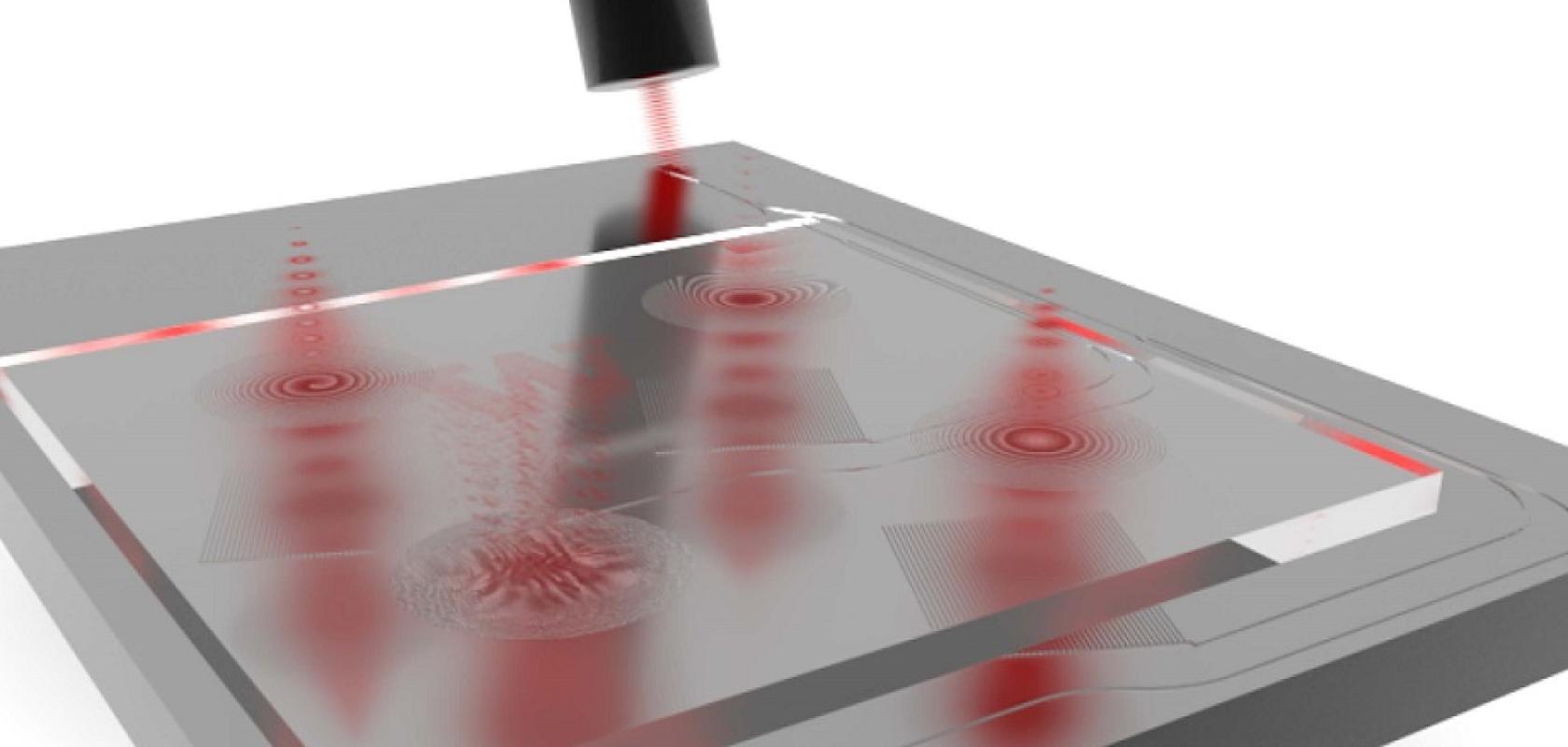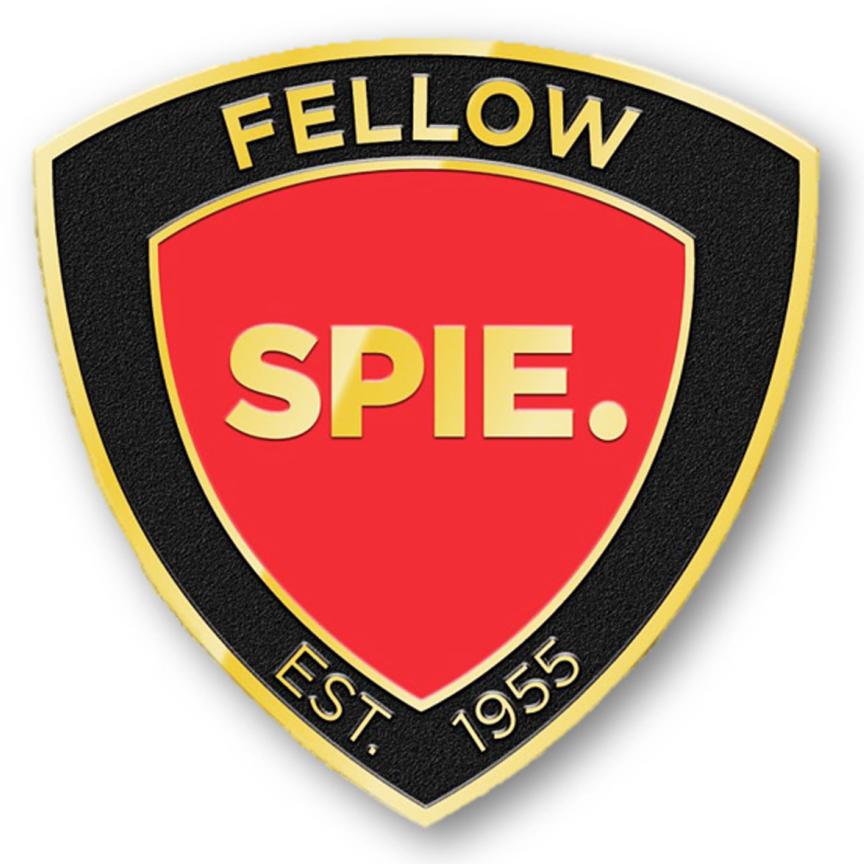Researchers from the University of Washington have developed an interface that combines meta-optics with a photonic integrated circuit (PIC) to manipulate light in free space.
In an Advanced Photonics Nexus study, the researchers explained how the interface can be used to make subtle changes to a light beam – such as its phase and intensity – before guiding it in free space using meta-optics.
PICs use nanometer-scale waveguides to manipulate light in a chip, which means coupling their light with larger devices can be difficult. Grating couplers offer one solution – diffracting light entering or leaving the PIC's waveguides – but they struggle to shape the light wave. Instead, by combining PICS with free space meta-optics, the researchers say they have overcome this problem.
“Using an array of low-loss meta-optics, we have developed a flexible and interchangeable interface between a photonic integrated circuit and free space,” said senior author Associate Professor Arka Majumdar from the University of Washington in Seattle.
The PIC is made up of 16 identical gratings arranged in a two-dimensional array, each with an aperture size of 300 micrometres and coupled to an optical fibre with a grating coupler. These gratings serve as waveguides and direct light from the fibre to the meta-optics chip which shapes and outputs light to free space, parallel to the input light.
Using the device, the researchers simultaneously passed light through 14 PIC gratings and then shaped the corresponding beam with 14 different meta-optics, such as meta-lenses, vortex beam generators, extended depth of focus lenses, and holograms.
The interface could be used for applications such as beam steering, structured light generation, optical trapping, and manipulation of cold atom qubits. In the same vein, it could support ranging systems used in autonomous vehicle navigation and mapping.
Majumdar explained: “Meta-optics has the ability to shape optical wavefronts to create a multifunctional interface between free-space optics and integrated photonics. This study exploits that. All the light beams that come out of the PIC are identical, but by placing different meta-optics on top of each grating, we were able to simultaneously manipulate the beams individually.”
In their experiments with different meta-optics, the researchers found that the device was highly accurate and reliable, even without prior knowledge of the input light or the need for precise alignment between the two chips. They achieved a diffraction-limited spot of three micrometres and a holographic image with a peak signal-to-noise ratio greater than 10 decibels.
The researchers say the device could change its functionality simply by replacing the meta-optics linked to the PIC, opening up a range of possibilities for controlling and modifying light beams with a high degree of error tolerance.


